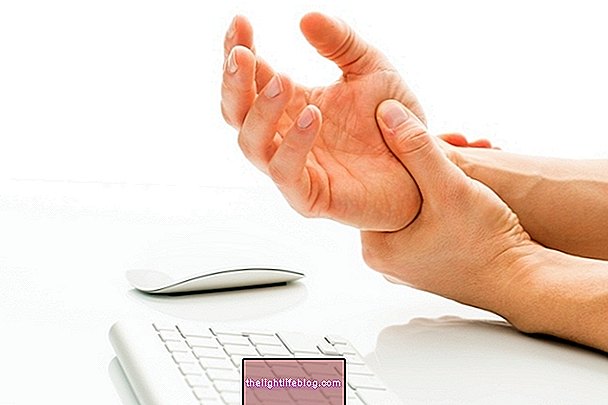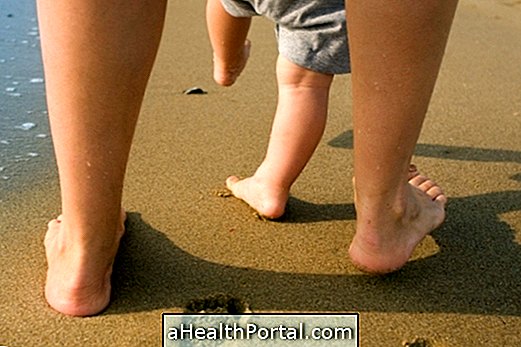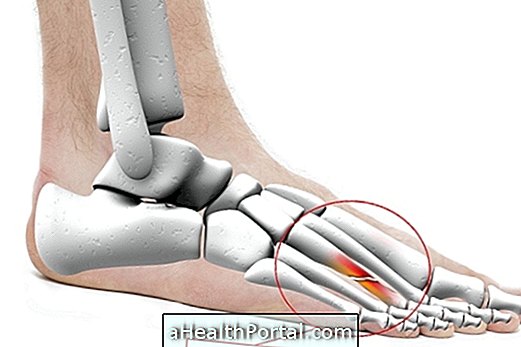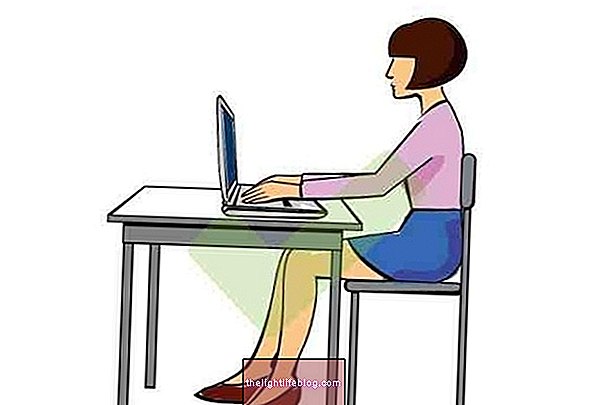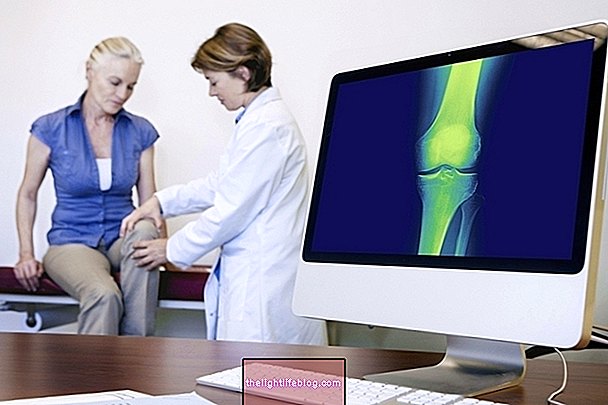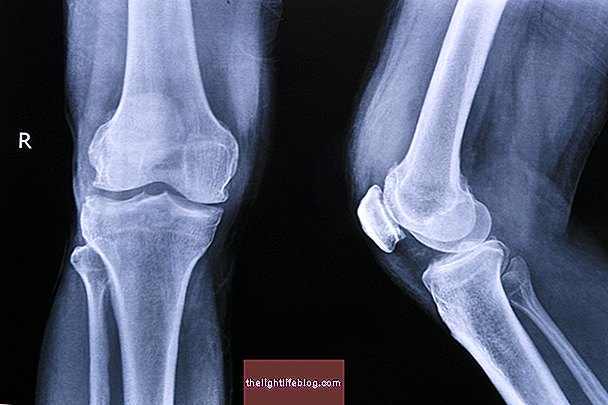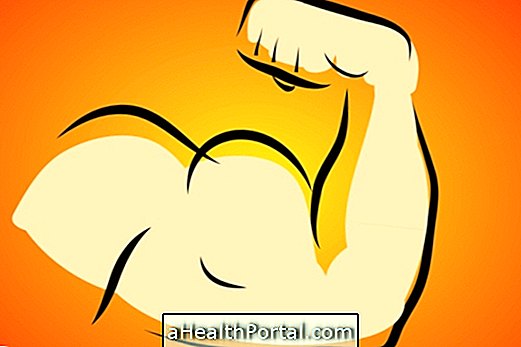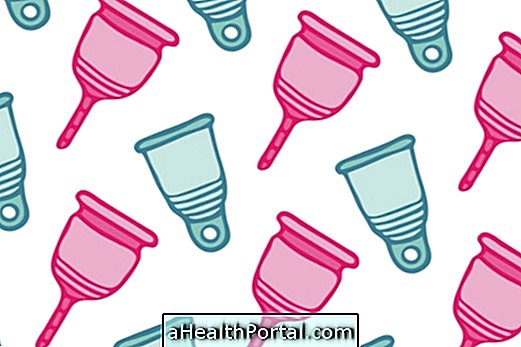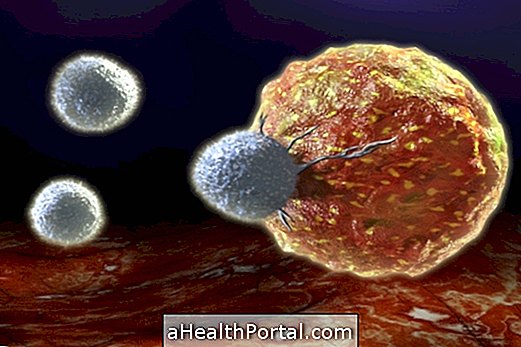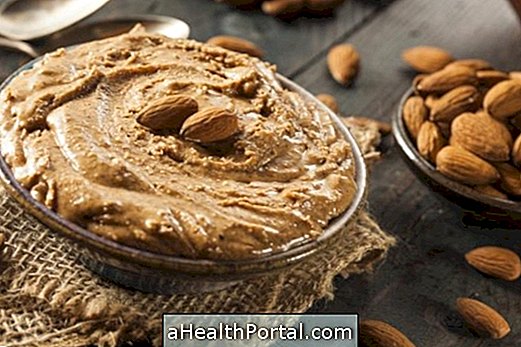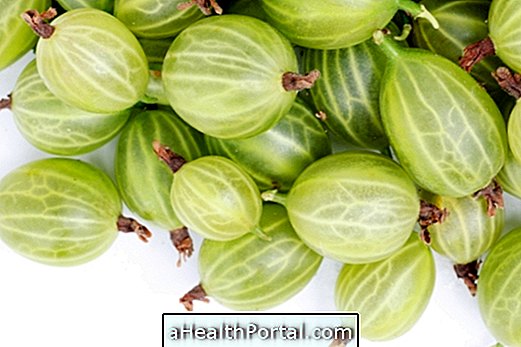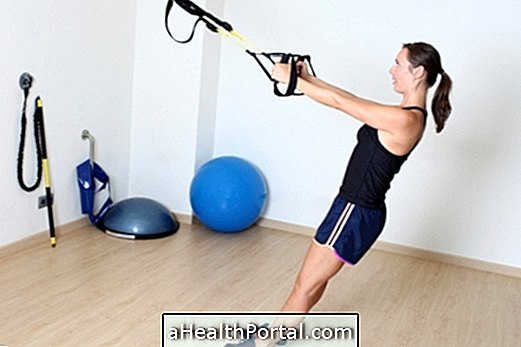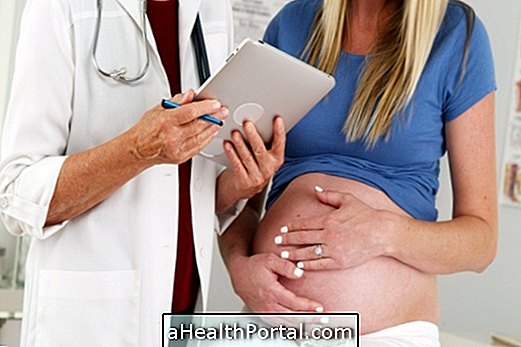Treatment for Multiple Congenital Arthrogryposis includes orthopedic surgeries and physiotherapy sessions, and use of splints to sleep, but in addition, the parents or caregivers of the child should handle the rigid joints carefully to improve their movements.
Congenital Multiple Arthrogryposis is a disease characterized by the fusion of one or more joints, which does not allow the baby to bend his elbows, fingers or knees, for example. A characteristic and important sign is the loss of the normal contour of the limbs, which have a tubular appearance. The skin is usually shiny and the lack of folds is frequent. Sometimes this disorder is accompanied by dislocations of the hips, knees, or elbows. Learn the causes and diagnosis of this disease here.
Thus, for treatment can be recommended:
1. Use of splints
The pediatrician may recommend the use of splints to sleep, which may prevent increased contractures, improve the position of the affected joints, which may facilitate movement and mobilization in the physiotherapy the next day.
2. Surgery for Multiple Congenital Arthrogryposis
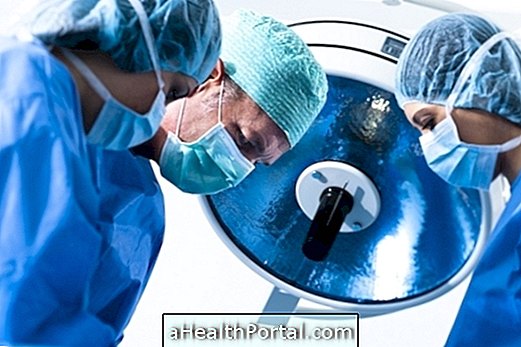
Orthopedic surgery may be indicated for correction of cases of congenital crooked foot, severe knee flexion, dislocation of the shoulder, hip or other situations in which it may be possible to improve the malleability of joints such as capsules, ligaments and muscles with fibrosis. In addition, in cases of scoliosis, it may be advisable to place a device to attach the spine to the sacrum when the angle of scoliosis is greater than 40 °.
The child with arthrogryposis can undergo more than 1 surgery throughout the life, being always recommended to make sessions of physiotherapy before and after the surgery, being at least 30 sessions of pre and postoperative.
3. Physiotherapy for Multiple Congenital Arthrogryposis

Physiotherapy should be performed especially before and shortly after surgery, but it is also indicated in other periods of life, and can be performed from birth to when the person wishes.
Preferably, physiotherapy should be performed twice a week, with sessions of about 1 hour, but in addition, parents or caregivers must do the passive and home stimulation exercises that have been guided by the physiotherapist during the consultation. Each baby or child should be evaluated in person, because there is no protocol for all cases of arthrogryposis, but there are some treatments that are always indicated, such as:
- Passive mobilization of affected joints;
- Muscle stretching of affected tissues;
- Passive and muscular strengthening exercises;
- Techniques for preventing new contractures that may include the use of orthoses, splints or bandages of certain joints;
- Use of laser after the mobilizations to heal the tissues in the correct position faster;
- Use of apparatus and electrostimulation to strengthen weakened muscles;
- Lymphatic drainage to reduce swelling of affected arms and legs;
- Strength exercises, with isometric contraction and breathing exercises to increase lung capacity;
- Hydrokinesiotherapy, with exercises in the water, is also a good option because it helps to reduce the pain and facilitates the movements.
To accomplish these steps the physiotherapist must be very creative in inventing many games that can fulfill these goals in order to provide greater independence for personal care, such as teaching brushing and combing hair, and improving the child's relationship with others improving their self-esteem and quality of life.
Physical therapy may decrease the need for orthopedic surgery called arthrodesis, which consists of permanently joining a joint, preventing its movement throughout life.
Life expectancy
Despite the limitations of movement that the child may present, most have a seemingly normal life. 75% of affected children can walk, even on crutches or wheelchairs, and they are subject to the same diseases as most of the population. However, as they present limitation to the movement they should have a diet low in calories, sugars and fat to avoid being overweight, which may make their locomotion even more difficult.
Arthrogryposis has no cure, but it is also not progressive, and so the affected joints that the child presents at birth are exactly the same ones that will require lifelong treatments. However, healthy joints may also suffer due to the natural compensation the child performs by sparing the defective joint, and therefore cases of pain and tendonitis in joints not affected by arthrogryposis, for example, may arise.
